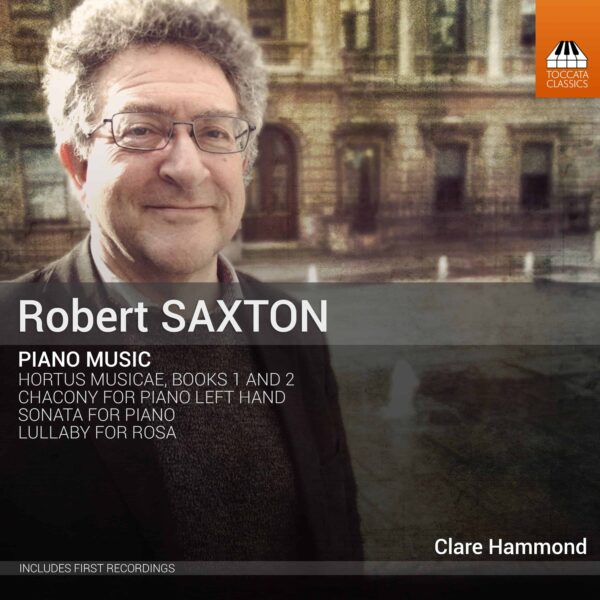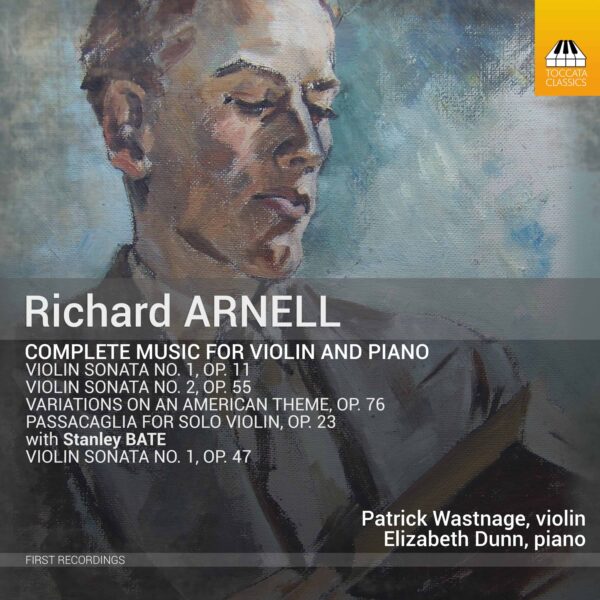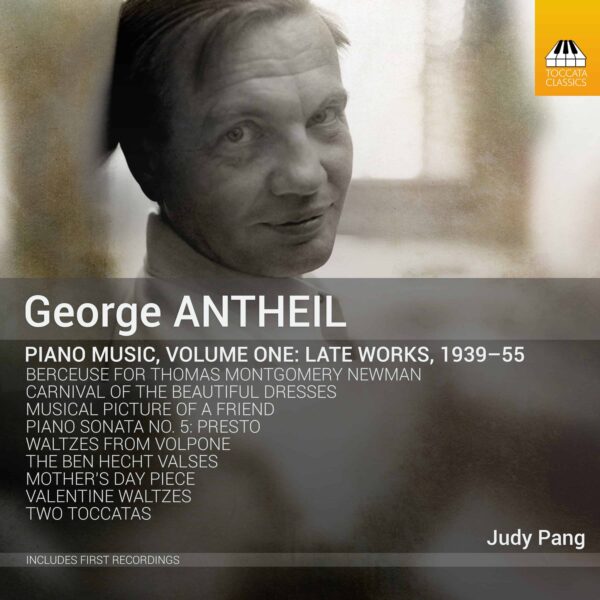Robert Saxton: Piano Music
In its bell-like sonorities, clear textures and ritual manner, the piano music of Robert Saxton (born in London in 1953) suggests an almost oriental fascination with light and the way light refracts and diffracts – and yet it is audibly music written by an Englishman. In the two Books of Saxton’s Hortus Musicae in particular, this fascinating confluence generates a soundworld somewhere downstream from Takemitsu and Tippett, giving these gardens of music both a ceremonial dignity and sense of spring growth.
Clare Hammond, piano
Listen To This Recording:
- Chacony for Piano Left Hand (1988)
- Sonata for Piano (1981)
- Hortus Musicae Book 1: I Hortus Somniorum
- Hortus Musicae Book 1: II Hortus Temporis
- Hortus Musicae Book 1: III Hortus Cantus
- Hortus Musicae: Book 1 IV Hortus Infinitatis
- Hortus Musicae Book 1: V Saltatio Hortensis
- Hortus Musicae Book 2: I The flowers appear on the earth
- Hortus Musicae Book 2: II Light on the Water Garden
- Hortus Musicae Book 2: III The Garden of Changing Perspective
- Hortus Musicae Book 2: IV Beech Bank
- Hortus Musicae Book 2: V Light on the Hedgerows
- Hortus Musicae Book 2: VI The Garden at Dusk
- Hortus Musicae Book 2: VII Hortus Animae Alis Fugacis
- Lullaby for Rosa (2016)*
Hortus Musicae, Book 1 (2013)*
Hortus Musicae, Book 2 (2015)*
*FIRST RECORDINGS





Planet Hugill :
‘[Chacony for Piano Left Hand] is a strenuous, virtuosic piece which nonethless manages to achieve a remarkably luminous sound. […]
Throughout Clare Hammond plays with virtuosity, power and delicacy, and is clearly in sympathy with Saxton’s rather magical sound-world. But that does not mean that this is aetherial and New Age, quite the contrary and Hammond finds bravura moments and dark corners in the music too. Each of the Hortus Musicae suites forms a satisfying piece (and Saxton has carefully constructed the pitch relationships between the movements), but together they make a striking whole.’
—Robert Hugill, Planet Hugill